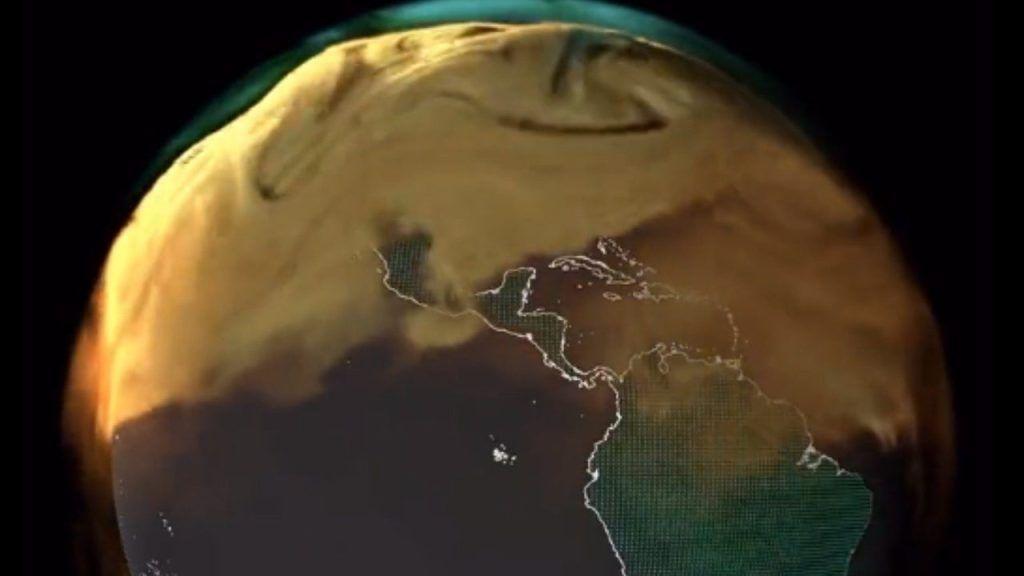We just saw a somber visual depiction of the Earth as it would appear if carbon emissions were visible in a NASA film that was recently made public. An unflattering image of the size of our carbon imprint is painted by the animation, which shows the ebb and flow of atmospheric carbon dioxide emissions around the world.
The destructive nature of greenhouse gasses and their long-term ruinous effects on the environment have been known to us for ages. But it hasn’t been easy to put into perspective just how much damage they cause. Aiming to provide a clearer picture, NASA recently developed a data visualization that outlines CO2 levels being added over the course of 2021 and what’s causing it.
The model’s aim is to simply help us wrap our heads around the origins and destinations of gases like carbon dioxide. But what the images actually show is a staggering magnitude of emissions, particularly in the Northern Hemisphere– which, NASA points out, is the leading cause of human-influenced climate change.
In the video, carbon sources appear as a thick, smoggy, and noxious orange hue, with burning biomass represented by a rusty red shade. In contrast, on-land and oceanic carbon sinks are depicted as pulsating green and blue, symbolizing their absorption of excess CO2.
If you watch the videos, this stark pattern jumps right out at you. It’s crystal clear that certain industrialized countries, like the U.S., Canada, China, Saudi Arabia, etc., are huge carbon emitters. But then there’s the Southern Hemisphere—where the rainforests, jungles, and grassy plains are working overtime—removing CO2 when it’s bright outside via photosynthesis.

It’s impossible to ignore the jarring reality this visual displays. We have to take action and do something about our carbon footprint, which is contributing heavily to global warming. Individually and as a group, we got no choice but to face the severity of our environmental decisions. We can only shrink the damage by collaborating successfully and diligently carrying out eco-friendly practices.
NASA’s animation reminds us that although carbon emissions may be invisible, their consequences are undeniably real. It is an undeniable call to action that demands our attention and immediate response.


